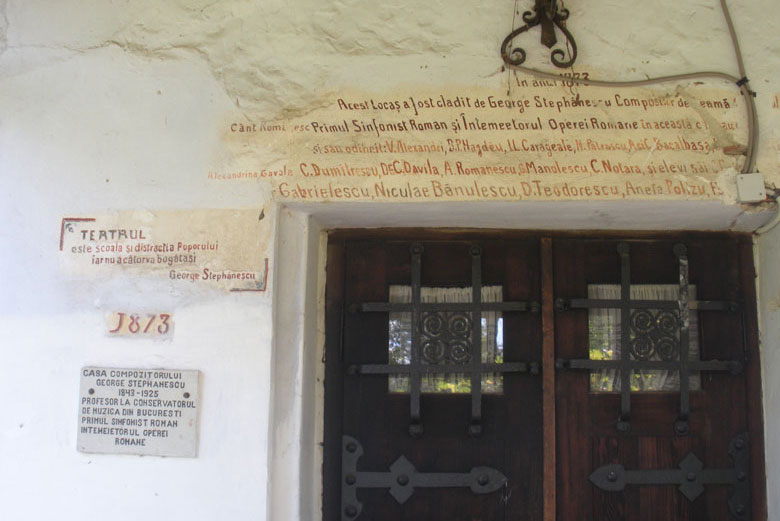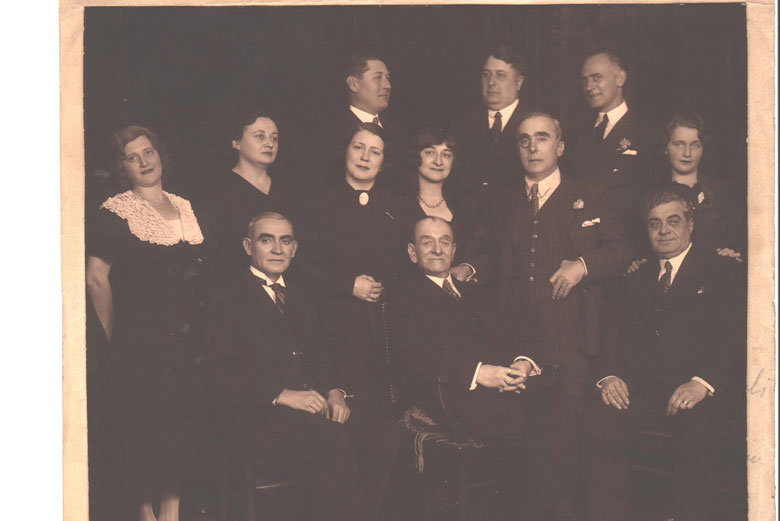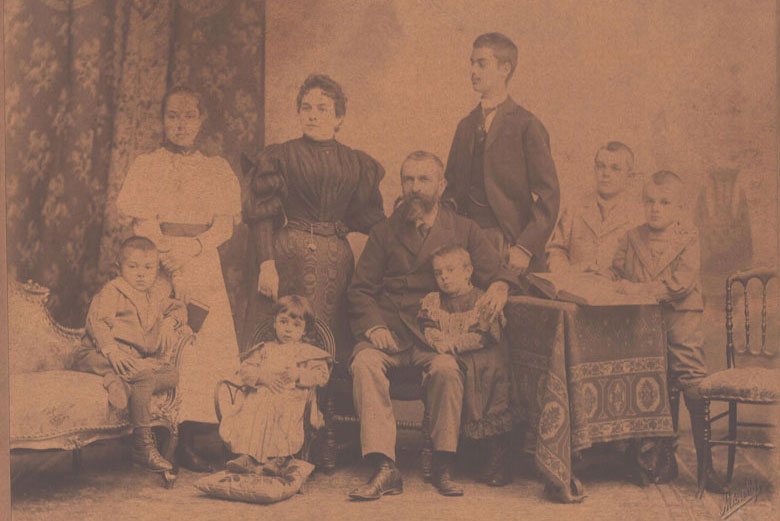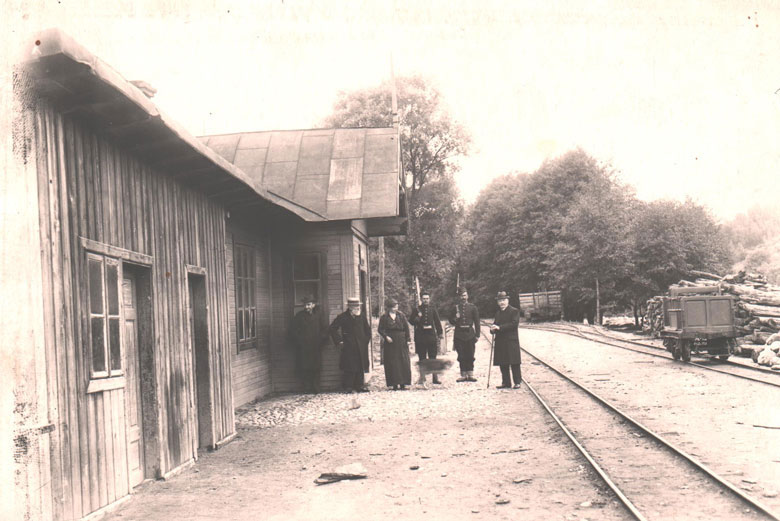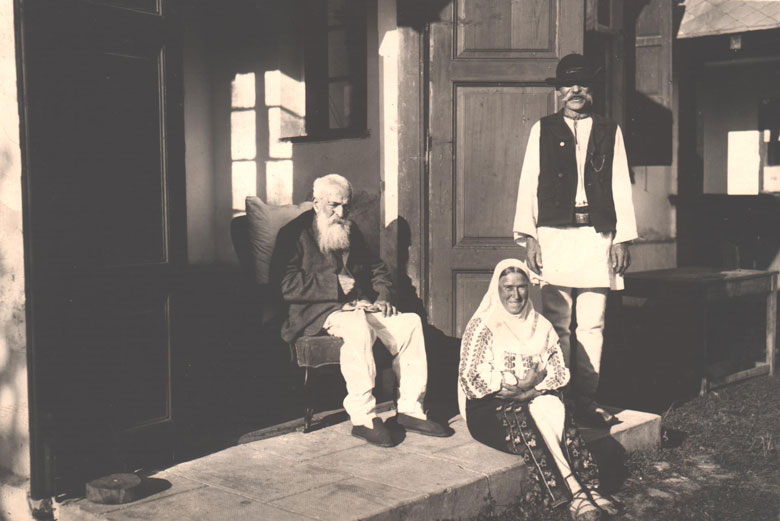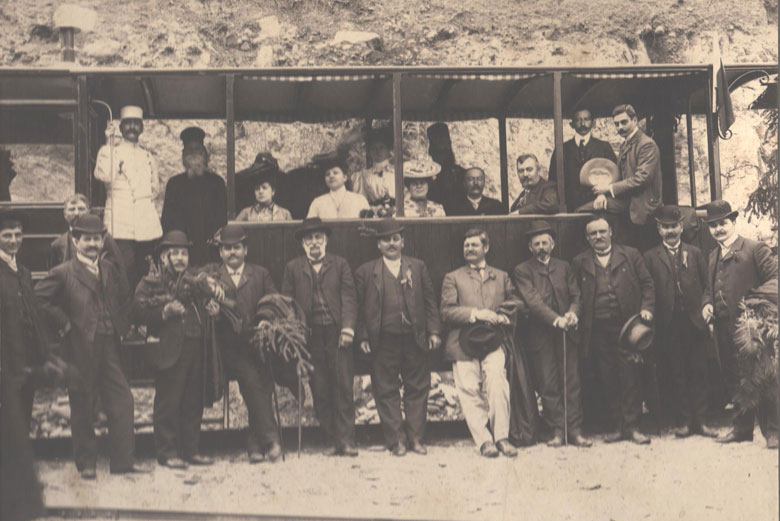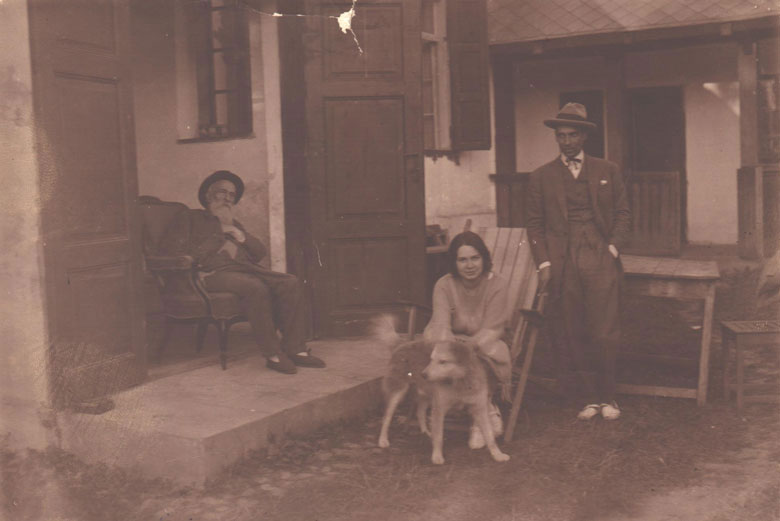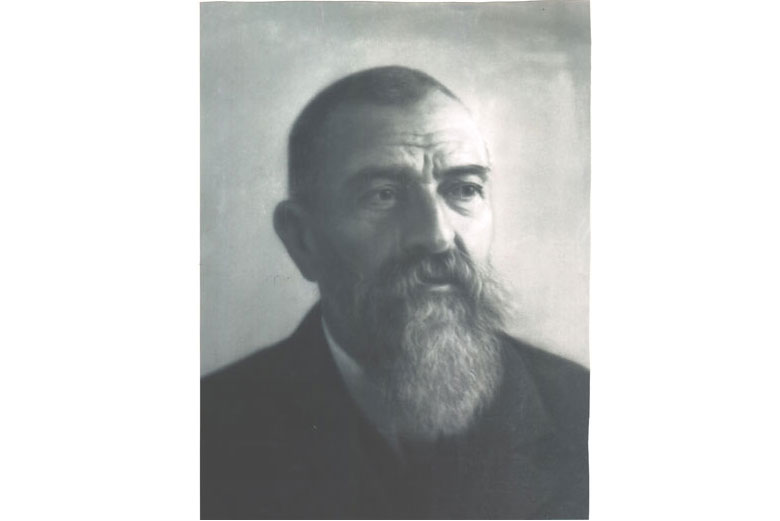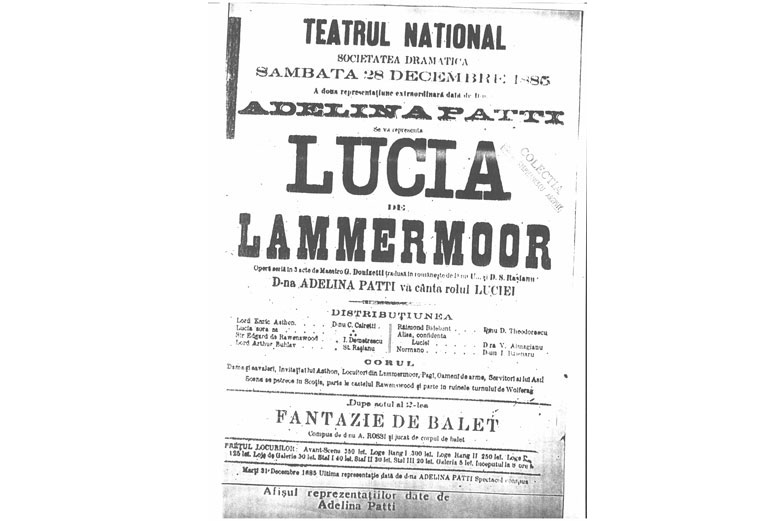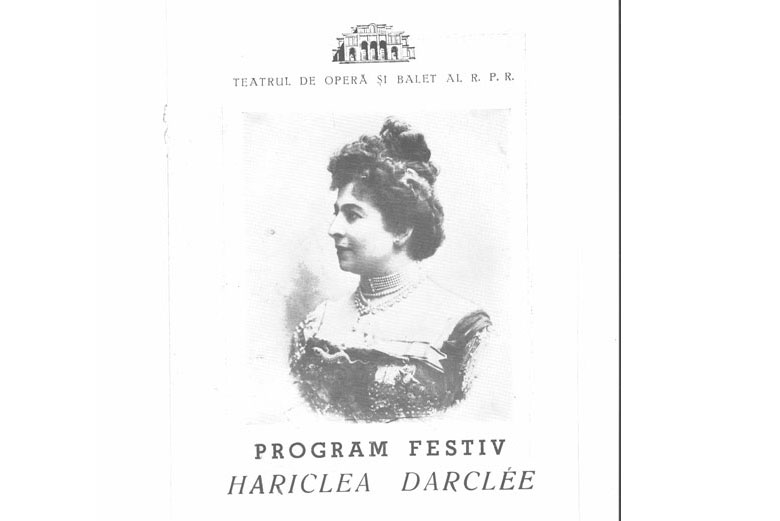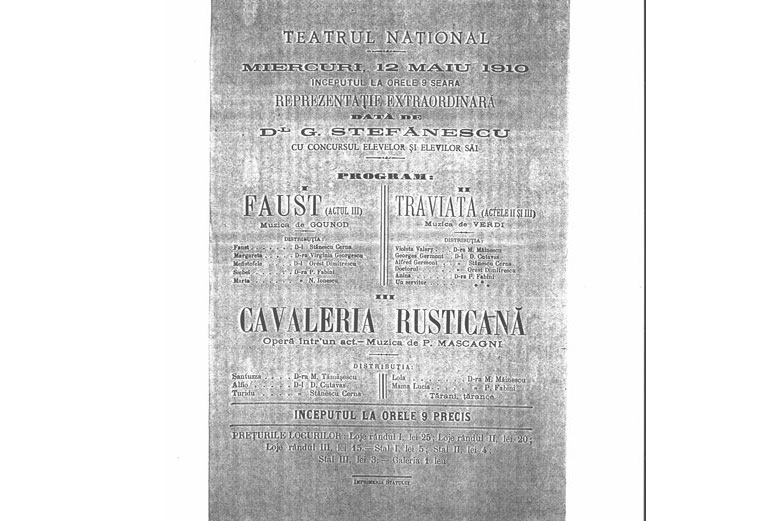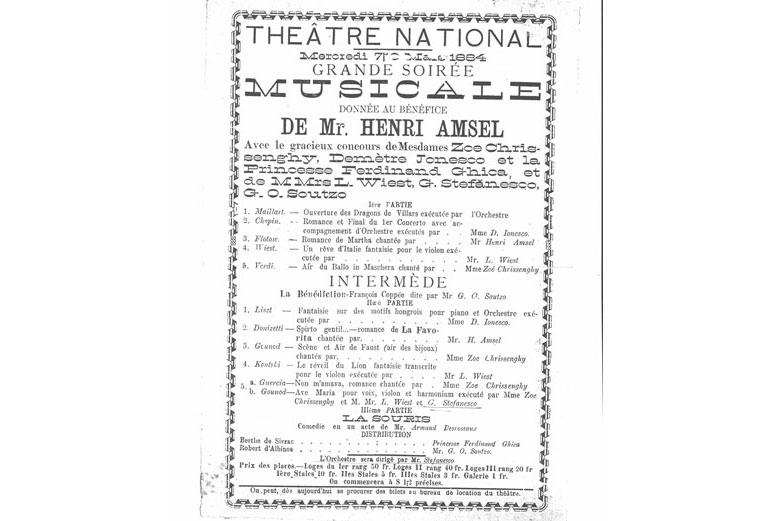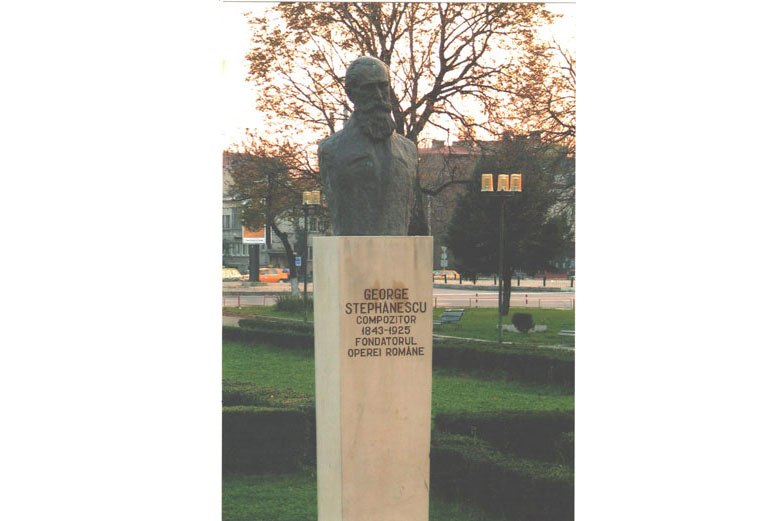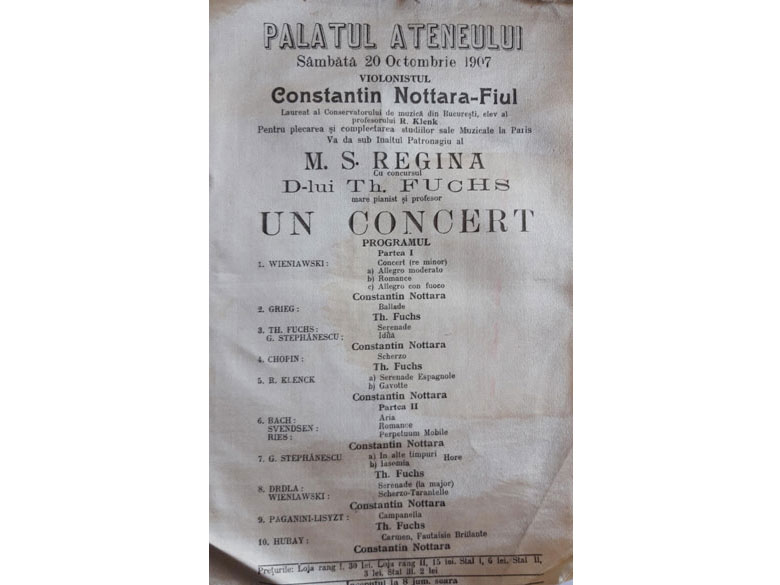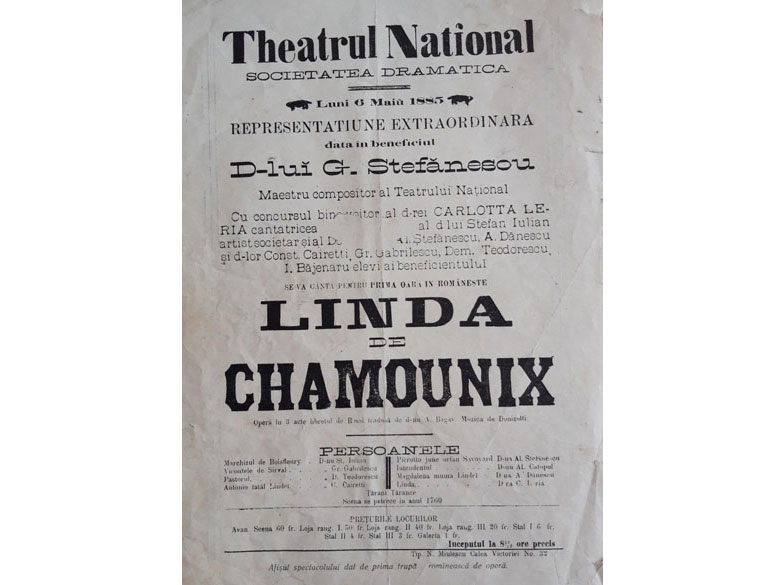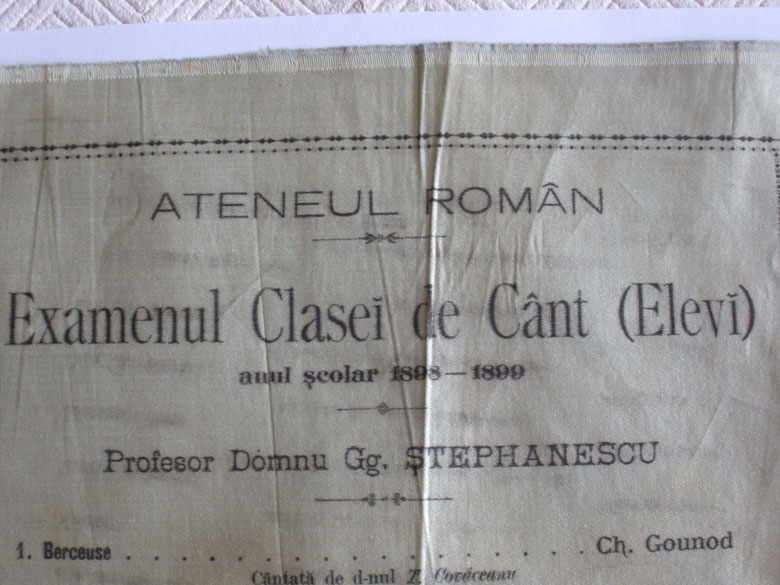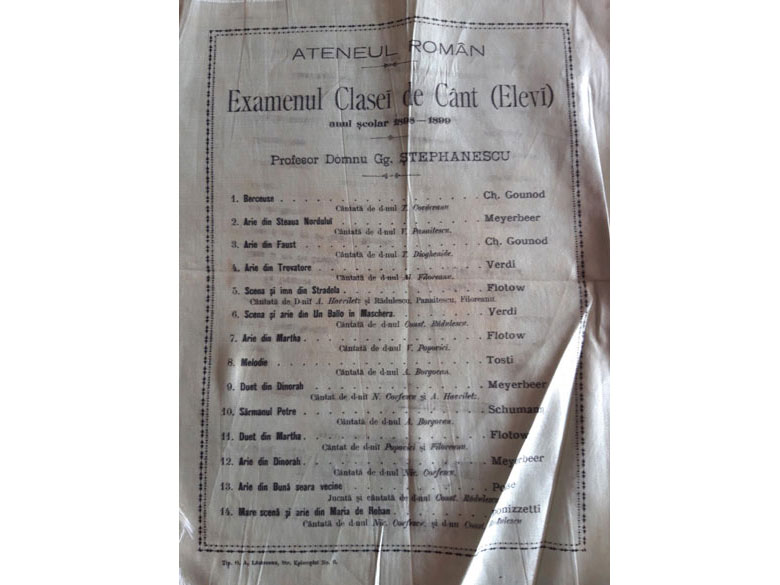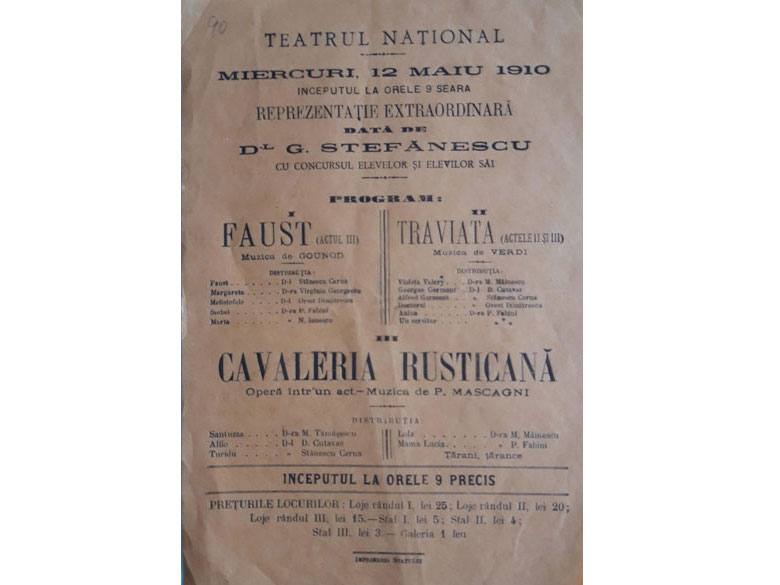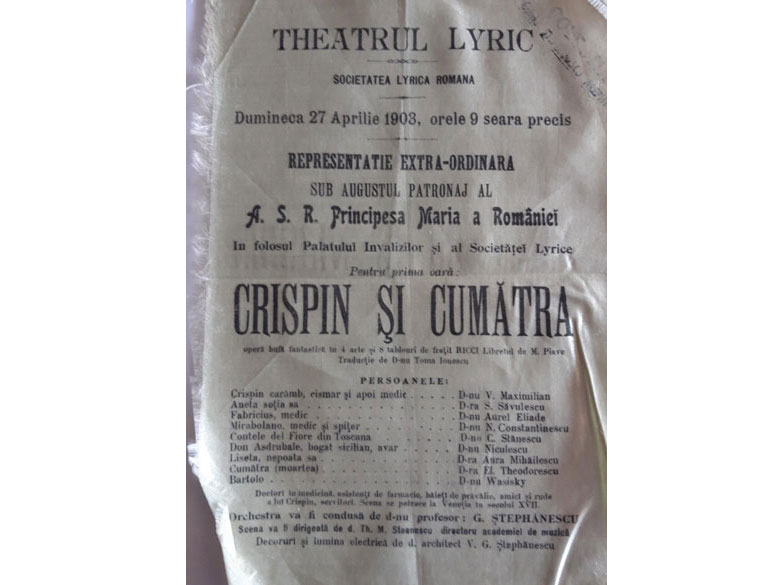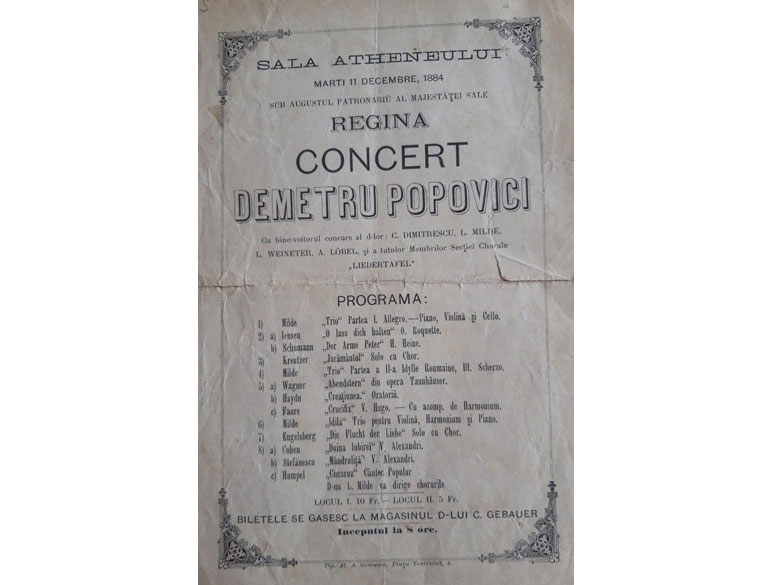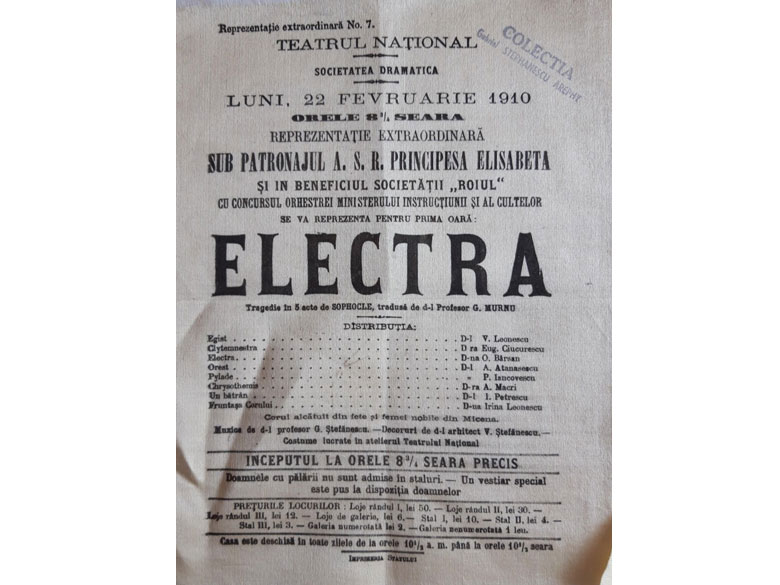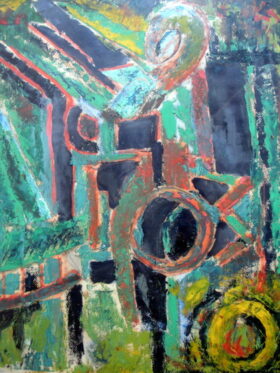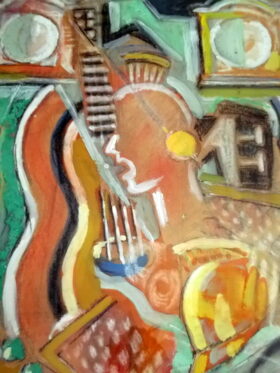The beautiful family stories include the arrival of Mihail Hagi Stephan from the mountains called Muntii Pindului. He was Aromanian and he escape from the turks, he chose Romanian beautiful lands. With the money provided by an austrian bank, the rich businessman buys in 1810 the domain of Arefu, wich belonged at that time to Banul Filipescu.
Many trials were linked to this area, as Tepes Voda’s soldiers claimed that it belonged to him under an ancient title of property, written on rabbit skin by Tepes Voda himself. The document has never been found and the Manor of Arefu is still a local symbol of the Stephanescu family.


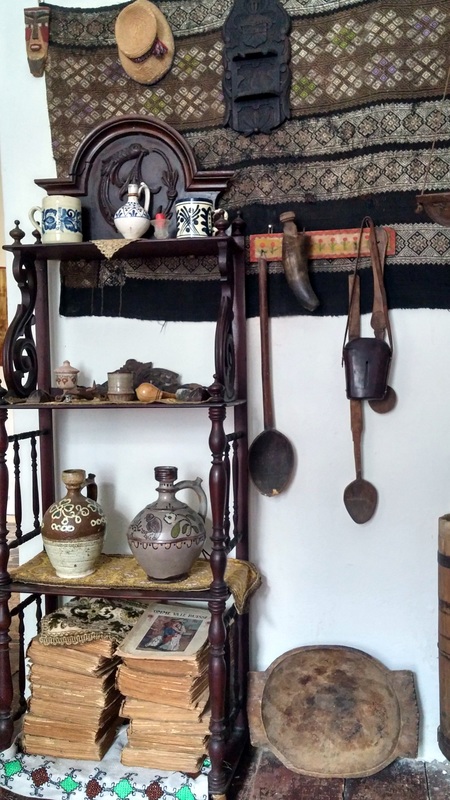
Mihail Hagi Stephan had only one son, George, from his union with Maria Cretescu, daughter of Ioan Cretescu-Ortopan, who was a captain in the army of Tudor Vladimirescu, she belonged to the noble family Cretescu of the chancellor of Târgu-Jiu.
George Stephan was later called Stephanescu – surname by his Aromanian father, the letter “f” missing in the Cyrillic alphabet and phonetically transcribed by “ph”.
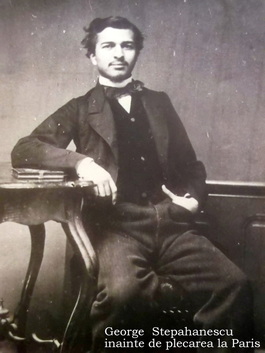
George Stephanescu has been the subject of a biography published in Romanian in 2010: “George Stephanescu – Art and Living Images” – Bucharest, Paco Edition.
A 16-year graduate of St. Sava High-School, fluent in four foreign languages (French, German, Greek, Italian and Latin), George is well educated. His parents support his taste and talent for music. He has a very good piano in Arefu, ordered in Vienna and brought by the Danube, and then on a carriage drawn by oxen. Later, his parents sent him to the Conservatoire de Musique in Paris. He lived in the Capital of France during the war of 1870, undergoes the siege and is a witness of the Commune!
Founder of the Romanian Opera, with joy we can find today, George Stephănescu, on musical notes and books studied at the Conservatory. A recognition of its great value.
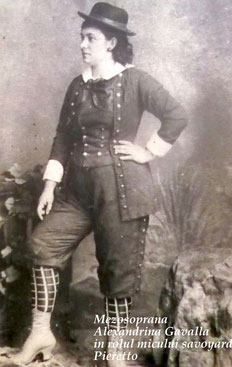
The Mezzo-soprano Alexandrina Gavalla, second wife of the composer George Stephanescu and mother of the painter Gabriel Stephanescu-Arephy.
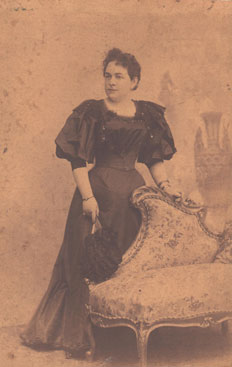
Returning to his country, he has a spectacular career: a well-known composer, he conducts the orchestra of the Bucharest National Theater, teaches at the Conservatory and initiates the project of Romanian Opera, for which he has neither his time nor his dons.
Visionary and generous, he loves supporting young talents and welcoming them to the Arefu Manor, as well as the recognized glory. His summer residence is a source of inspiration and emulation in the circle of his artist or scholar friends: writers find it quiet to work, comedians and singing students repeat in the orchard, painters create in the middle of the mountain like Victor Stephanescu himself.
People often see Iulia Haşdeu, a poet in love with the place, and Caragiale, inspired by the history of the surrounding villages will write “Napasta” in the shadow of a centuries-old walnut.
This inspiring atmosphere will later immerse the work of his sons.
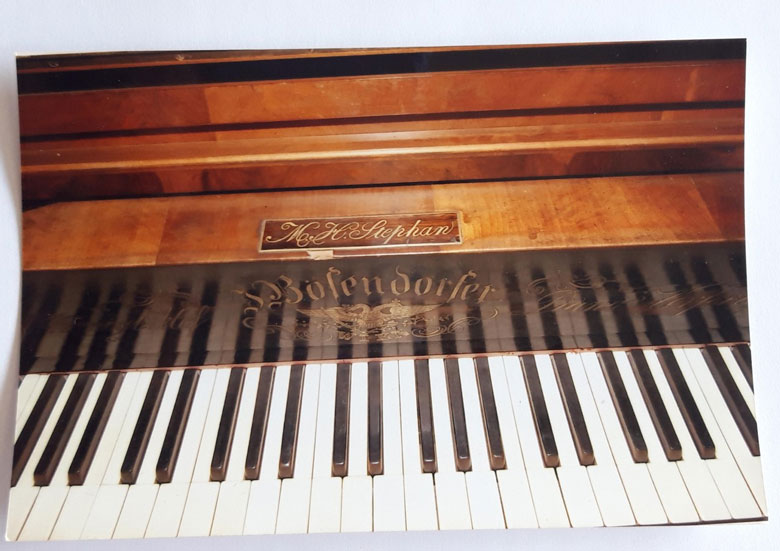
Writers (Alecsandri, Caragiale, Delavrancea) tenors, mezzo-sopranos and actors (Notarra, his students) were all invited by the Stephanescu family to their beautiful holiday home, the Arefu Manor, located in the upper valley of Argeş River, in a beautiful hilly and wooded setting.
The Manor of Căpăţâneni-Arefu was built in a Swiss style with the help of an italian constructor and it took about 2 years. The materials used were materials find on the spot, stone, bricks and wood.
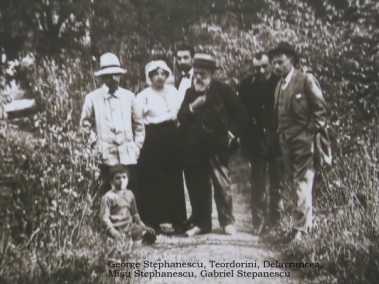
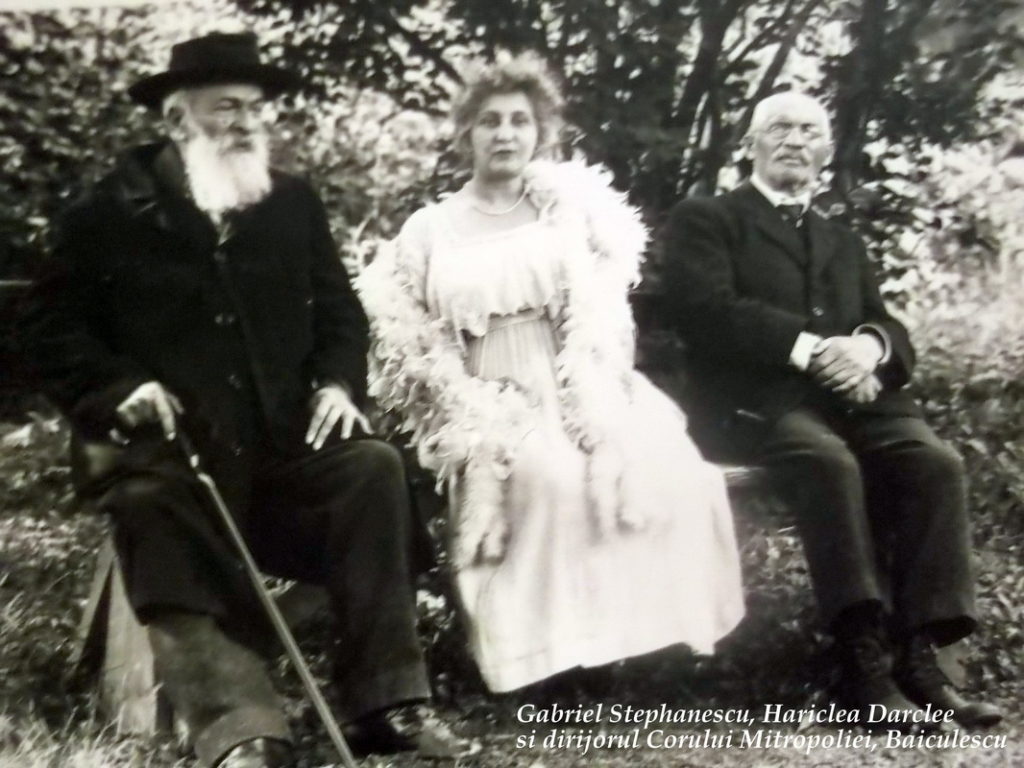
You can see below some posters of George Stephanescu’s performances and exams of his students
You can see here the script of the Heroic song written by George Stephanescu.




